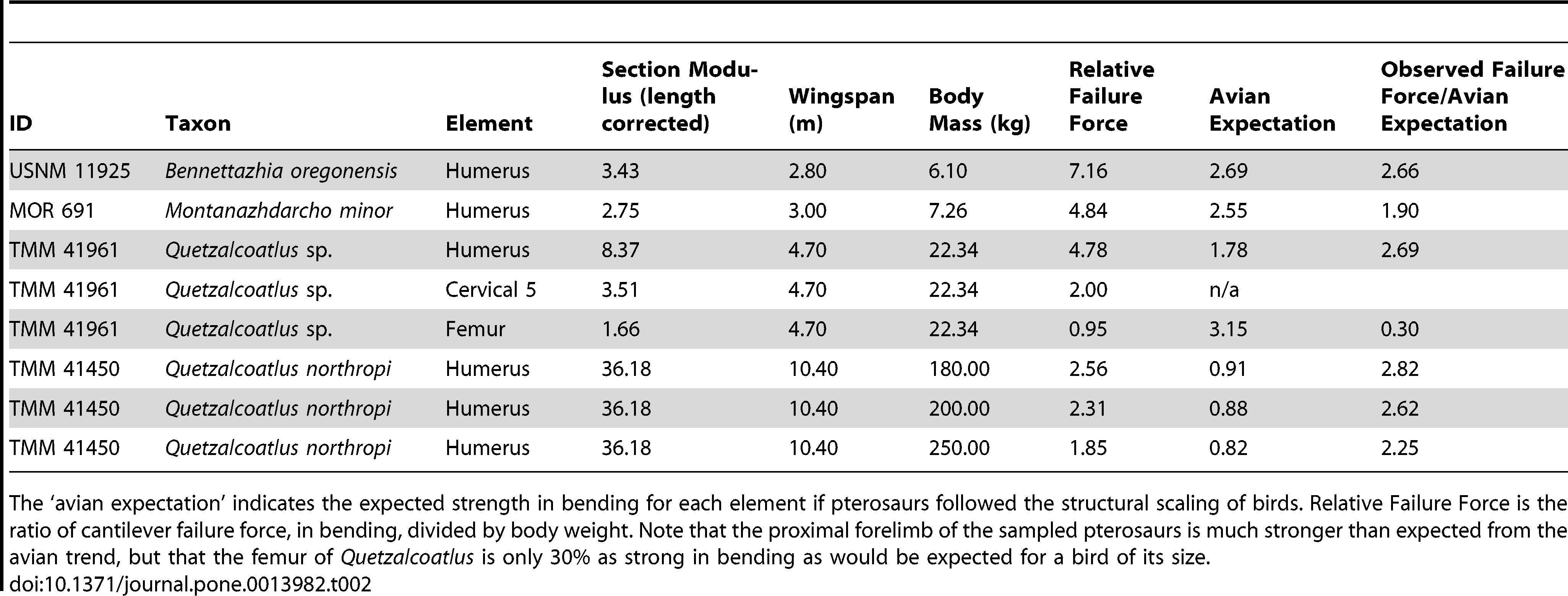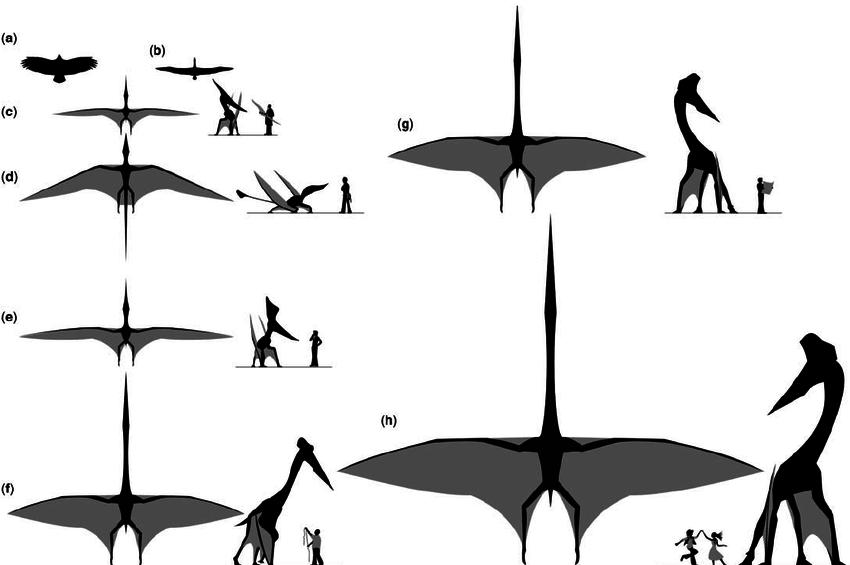Maximum size for flying vertebrates on Earth
Quetzalcoatlus reached 250kg with a wingspan of 10.4m. This is your best basis to work from. This paper provides a Relative Failure Force for Quetzalcoatlus of 1.85 (that is 1.85x it's body mass). This should equate to around 450kg (without accounting for any scaling) as a theoretical biomechanical limit, which allows you a potential payload of around 200kg.

With a total mass of 450kg, the wyvern would have a max aerobic performance of 3N/kg, or about a third of what it needs to sustain flight (9.8N/kg) aerobically. In comparison, an albatross' maximum aerobic performance is ~6.5N/kg although they often use cliffs to launch. Your wyvern would also require more than twice as much energy to launch per kg (at 322 Watts/kg compared to 151 Watts/kg for an albatross) which works out at double the total flight energy requirements of Quetzalcoatlus.
At 450kg, the wing load would equate to 34kg/m2, the maximum for birds is taken to be 25kg/m2. With a payload of 70kg, the wing load becomes a more reliable 24.25kg/m2 which might be plausible. Plugging this back into the original equation gives you a max aerobic performance of 4.3N/kg, which is at the lower end of what is measured for Kori Bustards and is probably pushing the limits of what is achievable on earth. Similarly to what someone else mentioned, if your world is a clone of earth, then like horse-racing, you may need smaller, lighter jockeys to be your dragon riders.
Increases payload capacity
Lift (and drag) increases linearly with air density so doubling the air density would halve the amount of power required to fly, although I'm not sure whether this has an effect on wing loading. This is also small enough to not have a neglibile impact on anything else. This would double the partial pressure of oxygen (as well as other gasses) so respiration will me slightly easier (and potentially humans would exhaust slightly less easily) but it shouldn't produce any health effects.
Alternatively, Decreasing surface gravity by just 20% would give you a launchable total mass of 400kg, or a wing load equivelent to 238N on earth, if you needed heavier mounts. I'm not sure whether the maximum wing load of pterosaurs would be the same as birds since launch using their hindlegs, whereas pterosaurs, launch using their forelimbs. It may be that pterosaurs could launch with higher wing loads than birds although. The wing load of an albatross, Bustard, and Azhdarchid is around 12, 8 and 18 kg/m2 so it seems that pterosaurs were at the upper end of bird capabilities already.
Adressing your flight adaptations:
Some of the adaptations you listed would actually impede your creatures flying capabilities. Hydrogen sacks or other gas equivelents would increase drag by a significant amount for a negligible increase in lift. It is also very difficult to store hydrogen due to its reactivity. Flight feathers are also a bad idea as they are a large contributor to bird size limits. Flight feathers must be shed periodically but in doing so, flight capabilities are compromised. Soaring birds often extend their molting periods over 3 years or so instead of the typical annual cycle. Some birds may also shed all their flight feathers at once and be rendered temporarily flightless while they grow back. A membrane wing with pterosaur anatomy negates this limitation. It doesn't mean your dragon can't have feathers, just that they should not have flight feathers like birds. Additionally, a slower metabolism would be a disadvantage. Faster bird metabolisms are linked to their superior flight capabilities over mammals. Hollow (pneumaticised) bones, long necks, carnivory, short tails and quadrupedalism are all already pterosaur adaptations so no changes there. The one exception is that azhdarchid necks are long but very very stiff. In your wyverns, you could just give their necks more flexibility but reducing the length of the vertebrae and increasing the amount of them may help.
Even though these wyverns are larger than you expected, at 2.5m at the shoulder they're a little taller than a horse but if you want them to be shorter whilst still obeying physics, you're going to have to reduce gravity even further or create a super-dense atmosphere that generates enough bouyancy to offset the wing loading. The win is that the azhdarchic base actually works out around 4.5m long. The width shouldn't make too much of a difference since they walk with their wings folded - we also know from pterosaur tracks that they most likely walked with their limbs under their body. The wings are very important so I would not recomend reducing them (or the shoulder height unless you give them a sprawling posture. Azhdarchids had huge but very pneumaticised heads so a more stereotypical dragon head should be fine without effecting the weight distribution too much. The only important factor here is that quetzalcoatlus had very weak jaw muscles so if your dragons are feeding on more robust or volitile prey, the front end-mass will increase with musculature. The flexible neck will likely require more musculature already but looking at bird necks, I don't think this would make much difference. Since your dragons are semi-domesticated, it probably works best (And safer for your riders) if their head musculature is kept to a minimum so no issues there. Fun fact: Snakes actually have next to no neck! They're all torso. If the giraffe-like posture is a no-go, then you could increase the length of the rear legs to bring the spine into a more horizontal position. I assume you may shorten the neck anyway so their posture would adjust to suite.
As for more efficient muscles, lightweight bones, etc. I think it would cause more problems than it solves. I think your creature would do fine already. The problem with flight isn't so much the energy requirements, it seems to be more to do with wing load and the limit to how much weight the actual wing bones can support (and how long they can grow). As well as the biological factors such as molting flight feathers. One last link that may be of interest is this paper on the pteroid bone.
Conclusion
In summary, your wyverns should be fine, if a little bigger than you were expecting - weighing 250kg with a carrying capacity of 70kg on earth, 105kg at 90% gravity and 150kg at 80% gravity. Some of your unique adaptations would be detrimental to its flight capabilities. Whilst your wyvern is feathered, the feathers are not primary flight feathers and would function more like pycnofibres of pterosaurs. It may have some streamlining feathers over the wing membrane to increase the airfoil effect and some feathers may be used to add rounding to the wing tip although the lift would be generated almost exclusively by a wing membrane.


